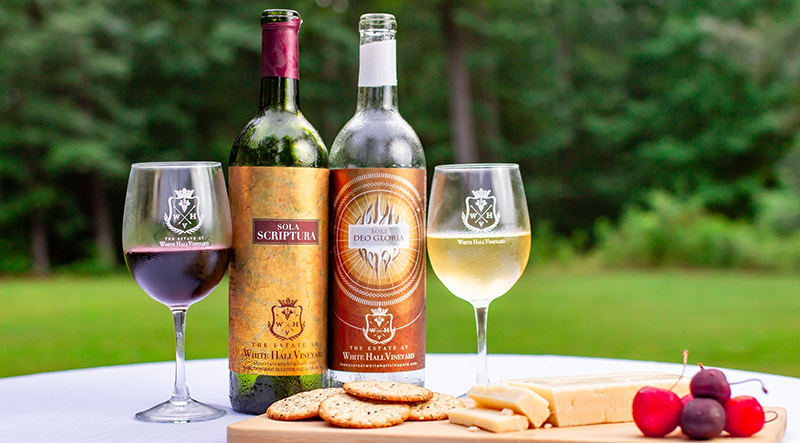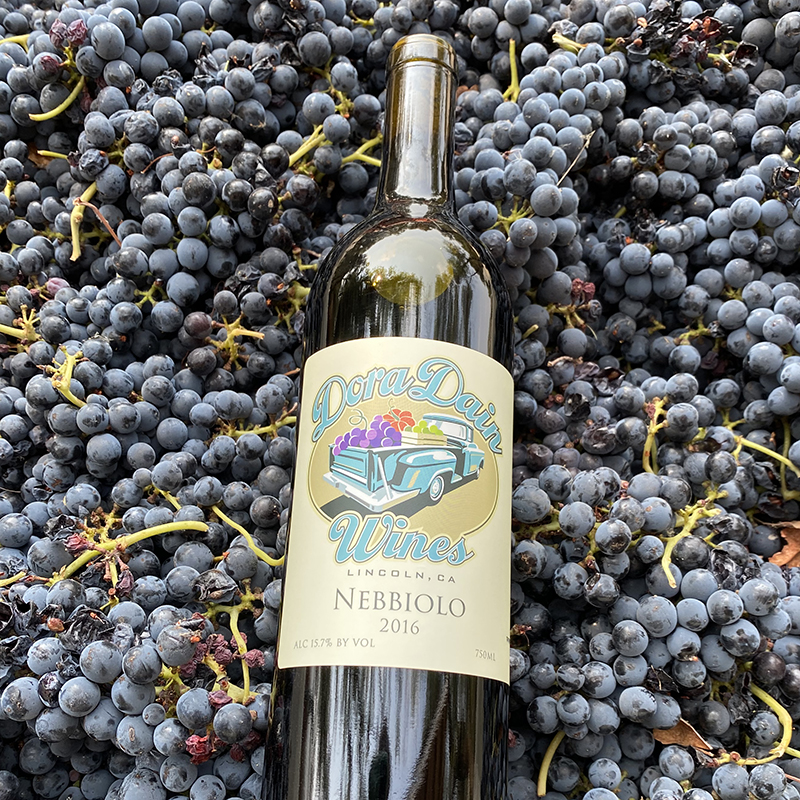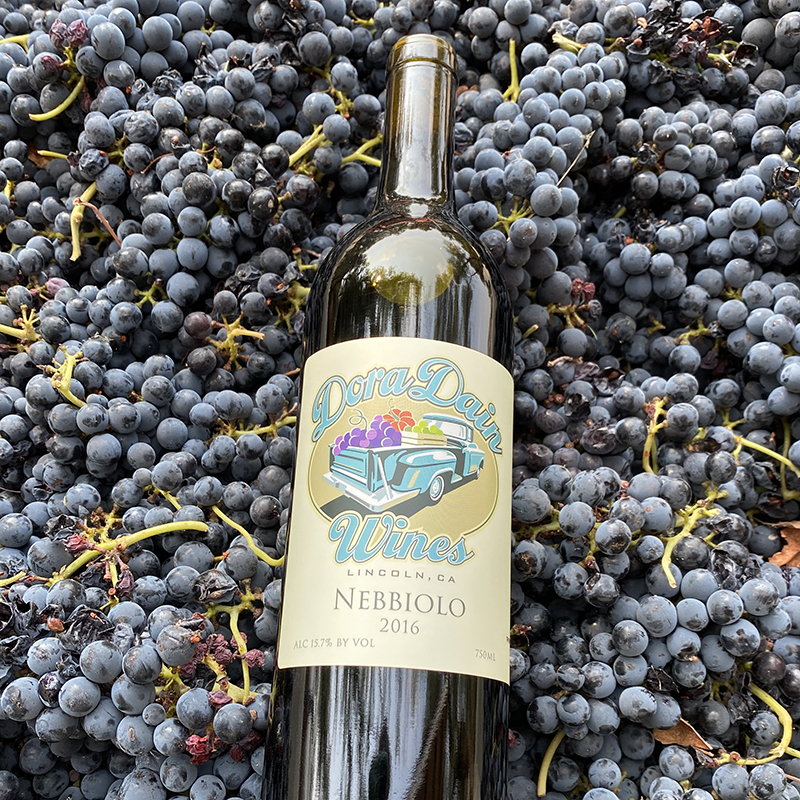How to Create Custom Wine Labels That Pop
This entry was posted on April 02, 2025 .
Creating custom wine labels that pop is all about combining bold design choices, eye-catching colors, and quality materials to make a lasting impression. Whether you're designing for a small batch of homemade wine or a large commercial production, the goal is to create a label that grabs attention and reflects your brand’s unique personality.
Step 1: Understand Your Audience and Purpose
Before you start designing, think about who will be buying or receiving your wine. Are you aiming for casual wine enthusiasts, collectors, or high-end buyers? The audience will greatly influence your design choices.
- Personal Wines: Labels for homemade or gift wines can be more playful and creative.
- Commercial Wines: Labels should reflect your brand identity and appeal to your target demographic.
- Event Wines: Design labels that fit the occasion, whether it’s a wedding, anniversary, or corporate event.
Pro Tip: Consider the wine's characteristics when designing. A bold red wine might look great with dark, rich colors, while a light, crisp white wine might benefit from soft, airy tones.


Step 2: Choose Your Label Shape and Size
The shape and size of your wine label are essential in making it fit the bottle properly and stand out visually. Standard wine labels often follow these dimensions:
| Wine Bottle Type | Front Label Size | Back Label Size |
|---|---|---|
| Bordeaux | 3.5" x 4" | 3" x 3.75" |
| Burgundy | 3.75" x 4.5" | 3" x 3.75" |
| Champagne | 3.5" x 5" | 3" x 3.75" |
Think about how the label will wrap around the bottle and make sure it doesn't crease or bubble. Use a template or measure the bottle directly to ensure the fit is perfect.
Step 3: Design Elements That Make Your Label Pop
The design elements you choose will determine how visually appealing your wine label is. Here are some crucial elements to consider:
Typography
- Use fonts that match the vibe of your wine—classic serif for traditional wines, modern sans-serif for contemporary blends.
- Keep the text legible even from a distance, especially for the wine's name and varietal.
Imagery and Graphics
- High-resolution images are essential for a professional look.
- Consider illustrations that reflect the wine’s origin, flavor profile, or story.
- Use your brand logo subtly but visibly to maintain brand consistency.
Color Scheme
- Choose colors that reflect the wine’s characteristics.
- Dark and rich colors work well for reds, while light and vibrant hues are great for whites and rosés.
- Use contrasting colors to make important details pop.


Label Material and Finish
- Opt for waterproof and moisture-resistant materials, especially if the wine is stored in cool or humid environments.
- Matte finishes give a modern, sophisticated look, while gloss finishes enhance vibrancy and durability.
Step 4: Craft a Compelling Message
The text on your label should do more than just inform—it should intrigue. Think about what your audience wants to know:
- Wine Name and Varietal: Make it prominent and easy to read.
- Tasting Notes: Briefly describe the flavor profile to entice potential buyers.
- Alcohol Content and Volume: Displayed according to legal requirements.
- Story or Origin: A short description that adds character and personality to your wine.
Pro Tip: Use storytelling to create an emotional connection. Share a unique aspect of your wine’s origin or the inspiration behind the blend.
Step 5: Print Your Custom Wine Labels
Printing is just as important as design when it comes to custom wine labels. A professional print job ensures the colors remain vibrant and the text is sharp.
Consider These Printing Options:
- Digital Printing: Great for small batches with high-quality output.
- Offset Printing: Ideal for large runs, offering consistency and cost efficiency.
- Waterproof Labels: Essential for chilled wines or those stored in humid conditions.
- Custom Die-Cut Shapes: Make your label unique with a custom cut that matches your brand identity.
Step 6: Apply Your Labels with Precision
Labeling your wine bottles correctly ensures a professional appearance and long-lasting durability. Follow these steps:
- Clean the Bottle Surface: Remove any dust or residue.
- Position the Label: Use guides or a labeling jig to ensure even placement.
- Apply Even Pressure: Start from the center and smooth outward to avoid bubbles.
- Let it Set: Allow the label adhesive to bond properly before handling.
Bring Your Custom Wine Label Vision to Life
Creating custom wine labels that truly pop doesn’t have to be complicated. Whether you’re labeling homemade batches for friends and family or producing bottles for retail, investing time in thoughtful design makes all the difference. With the right approach and quality materials, your labels can tell your story and leave a lasting impression.
When you’re ready to print professional-looking custom wine labels, Lightning Labels has you covered with high-quality, durable options that fit your vision.
FAQs: Custom Wine Labels
How do I make custom wine labels?
To make custom wine labels, start by designing a unique label that fits your brand. Choose durable, moisture-resistant materials and print with a reliable company like Lightning Labels for high-quality results.
Where can I print custom wine labels in bulk?
Lightning Labels offers bulk printing services for custom wine labels. Get professional-grade labels that are vibrant, durable, and ready for application.
How much does it cost to design a wine label?
The cost varies based on design complexity, material quality, and print volume. Digital printing is more affordable for small runs, while offset printing is economical for larger quantities.
How do you make a custom bottle label?
Start with a clear design concept, pick durable materials, and work with a reliable printing company. Custom die-cut shapes can make your label unique and professional.
Can I label my own wine?
Yes, you can label your own wine. Just make sure the bottles are clean and use a label application tool for accurate placement.

 Custom Labels
Custom Labels  Custom Beverage Labels
Custom Beverage Labels  Custom Lip Balm Labels
Custom Lip Balm Labels  Custom Warning & Safety Labels
Custom Warning & Safety Labels  Perfume Bottle Labels
Perfume Bottle Labels  Bumper Stickers
Bumper Stickers  Custom Prop 65 Warning Labels
Custom Prop 65 Warning Labels  Custom Stickers
Custom Stickers